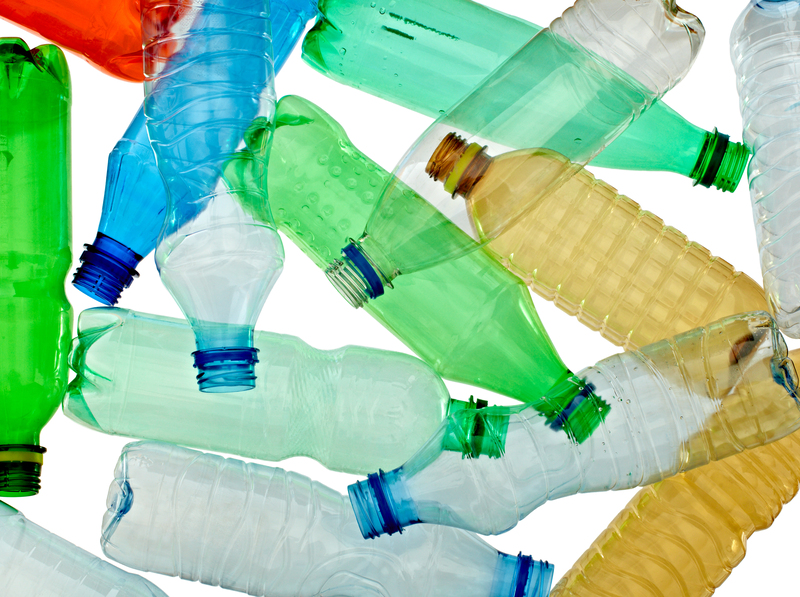Plastics to Steer Clear Of
Posted on 19/10/2024
Plastics are ubiquitous in our daily lives. From packaging to household items, we encounter various types of plastics regularly. However, not all plastics are created equal. Some pose significant health and environmental risks. This article explores the types of plastics to avoid, their potential hazards, and safer alternatives.
Polyvinyl Chloride (PVC)
PVC, often known as vinyl, is commonly used in plumbing pipes, shower curtains, and toys. It's identified by the recycling code 3. While PVC is versatile, it's one of the most dangerous plastics. It contains hazardous chemicals like dioxins, which are released during its production and disposal. Dioxins are highly toxic and can cause cancer, reproductive and developmental problems, and damage to the immune system.

Polystyrene (PS)
Polystyrene, marked by recycling code 6, is found in disposable coffee cups, plastic food boxes, and packing peanuts. This type of plastic can leach styrene, a chemical linked to cancer, into food and beverages. Furthermore, polystyrene is difficult to recycle and contributes significantly to environmental pollution.
Polycarbonate (PC) and Other Plastics with Bisphenol A (BPA)
Polycarbonate is used in products like water bottles, food containers, and baby bottles. It can be identified by the recycling code 7. The primary concern with polycarbonate is its content of Bisphenol A (BPA), a chemical that can disrupt endocrine functions. Exposure to BPA has been associated with various health issues, including hormonal imbalances, heart problems, and developmental disorders in children.
Polyethylene Terephthalate (PET) When Reused
PET, identified by recycling code 1, is widely used for single-use plastic bottles. While PET is generally considered safe for one-time use, reusing PET bottles can increase the risk of chemical leaching due to degradation from repeated use and cleaning. This potentially releases harmful substances into stored products.
Low-Density Polyethylene (LDPE)
LDPE is used in bags, six-pack rings, and various containers. Recycling code 4 identifies it. While LDPE is considered less harmful than other plastics, it can still pose environmental hazards as it is not easily recyclable. LDPE products can persist in oceans and soils for extended periods, leading to environmental degradation.
Alternatives and Tips
To mitigate the risks associated with harmful plastics, consider these tips:
1. Use Glass or Stainless Steel: Opt for glass or stainless-steel containers for food and drinks. These materials do not leach chemicals and are 100% recyclable.
2. Go for BPA-Free Products: Look for BPA-free labels on products such as water bottles and food containers.
3. Choose Reusable Bags: Replace plastic bags with reusable cloth bags for shopping.
4. Avoid Microwaving Plastic: Do not microwave food in plastic containers to prevent chemical leaching.
5. Reduce Single-Use Plastics: Minimize the use of single-use plastic items like straws, utensils, and bottles.
Pros and Cons
- Pros:
- Convenience: Plastics are lightweight, durable, and cost-effective.
- Versatility: Used in various applications, from medical devices to everyday items.
- Economic Impact: Provides jobs and supports industries.
- Cons:
- Health Risks: Exposure to harmful chemicals like BPA and dioxins.
- Environmental Damage: Non-recyclable plastics contribute to pollution and wildlife harm.
- Limited Recycling: Many plastics are difficult to recycle, leading to waste accumulation.

Takeaways
Understanding the dangers associated with certain plastics is crucial for making informed decisions. Avoiding harmful plastics like PVC, PS, and those containing BPA can significantly reduce health risks and environmental impact.
Conclusion
Our reliance on plastics requires careful consideration of the types we use daily. By steering clear of hazardous plastics and opting for safer, more sustainable alternatives, we can protect our health and the environment. Making informed choices about plastic use and disposal is a meaningful step towards a healthier future for all.
Ultimately, awareness and proactive changes in our consumption patterns can mitigate the risks posed by hazardous plastics. Embrace sustainable alternatives and contribute to a safer planet.

